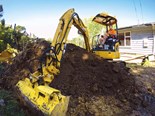SDLG LG938L loader review
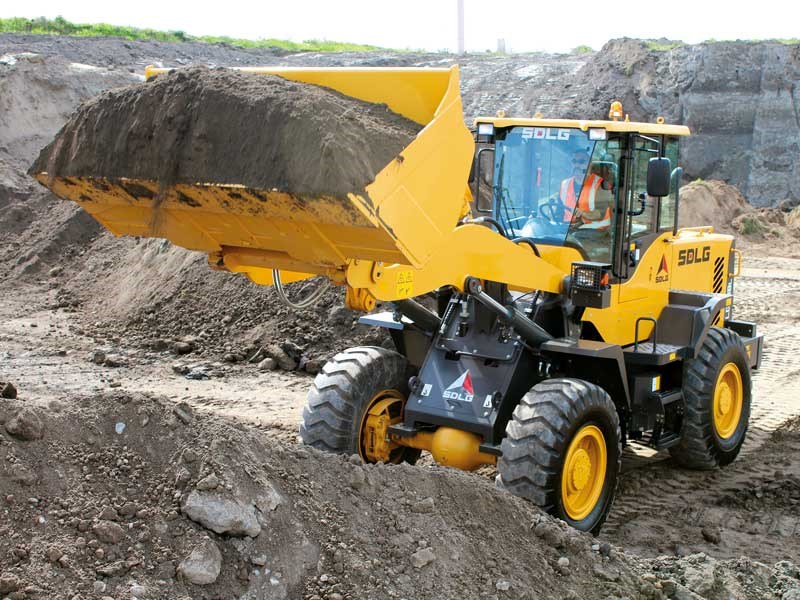

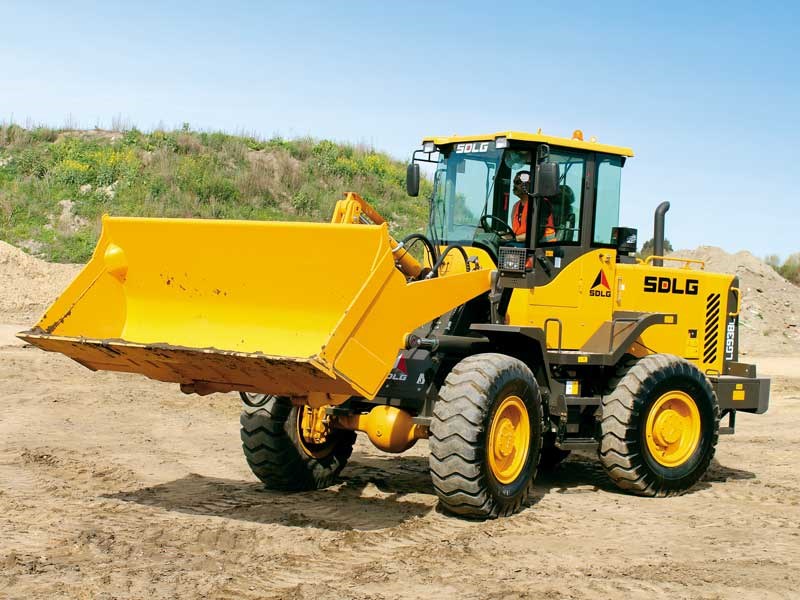

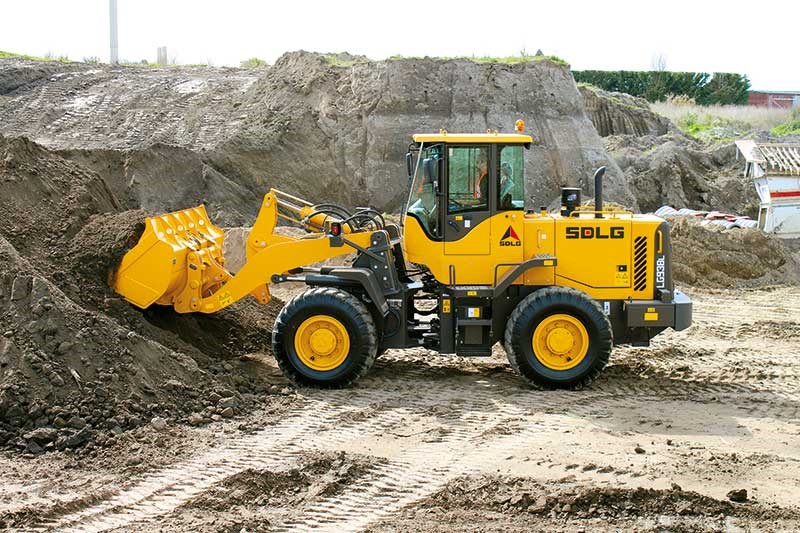


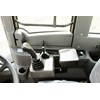

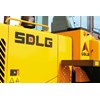

|

|

|

|

|
The Ed flew south, donned his hi-viz vest and climbed aboard an 11-tonne SDLG loader to find out what all the fuss has been about.
A lot of you may already be familiar with SDLG. A few have arrived on New Zealand shores, mainly imported by entrepreneurs who are trying their best to exploit the Chinese market for cost-effective wheel loader options.
The SDLG brand is also doing its best at stamping its branding onto Australian territory, and by all accounts is being taken seriously by its established competitors.
But if you’re thinking that SDLG is some flash in the pan brand, think again. Established in 1972, its output exceeded 30,000 loaders last year. So this business is no slouch, and that number doesn’t include the excavators, rollers, and other equipment SDLG roll off the production line.
Its wheel loaders rank number one in sales volumes in both Chinese domestic and export markets.
Another sign that SDLG is a serious player is the investment that Volvo CE made in the company back in 2007. Those canny Swedes now have a 70 percent stake in the business and it could be one reason that there is a subtle similarity in the branding.
Unless you’ve been living under a rock, then you’d know that TransDiesel is the Volvo CE distributors in New Zealand, and as such, has taken on the role of officially distributing the SDLG brand here.
The machine
The loader pulled out for me today was a LG938L. The numbering system explained: ‘9’ refers to the loader, ‘3’ to the machine lifting capacity (three tonne) and ‘8’ is the model series.
The models we are receiving in New Zealand are referred to as ‘export’ editions; being different to those built for China’s domestic market and other countries for that matter.
A walk around the machine will give you a hint of the upgraded specs for the Kiwi market, such as hydraulic hitch; z-bar frame linkage; ROPS and FOPS; self-levelling bucket (the standard build for New Zealand has a 1.8m3 bucket); third valve for attachments; additional guarding and better in-cab comforts for the operator. Oh and there’s also a two-year/2000-hour warranty thrown in for good measure.

Engine
The power is provided from a Deutz six-litre, six-cylinder engine, although a look behind the engine covers reveals… well, nothing surprising. It’s all very straightforward.
So I allowed my eyes to wander to the areas that will eventually need attention: the fuel pump (because everyone runs out of fuel at some stage), the starter motor and the alternator. These are components that will need replacing eventually and they are all located in positions that won’t require a 10-year-old kid with six-foot-long arms to reach. In fact everything is very accessible and there’s a nice amount of room around the engine.
Moving around to the rear of the machine, the grill swings open and allows access to the radiator and oil cooler. With the unlocking of a couple of clips, the rear core folds down to allow access to the second core; it’s a nicely thought-out design.
Transmission
Again, simplicity is the key here. The five-speed Hangchi YD13 transmission needs to be manually moved through the gears and this is done by rotating the stick on the steering column. The Gen Y’ers who are used to a machine that babies them along may need some additional tuition on this old school feature. It is, however, very easy to use and is a bit like comparing a tiptronic transmission with a standard automatic.
Braking
This LG938L features a dry braking disc system. The reasoning behind this is purely financial and reduces the cost by a substantial amount. You can sure buy a lot of calipers and brake pads for the amount of a wet-brake system. The advantage of the dry disc brakes on the SDLG loaders is that the pads can be changed in place without removing the wheels at a very low cost. Purchasers would have to consider their working conditions of course.
Getting to work
Thanks to CCL Construction Contracting, we have been given a pile of soil to move around. The soil had been recently broken out of a stockpile and proves to be a good starting point to get a feel for the machine.
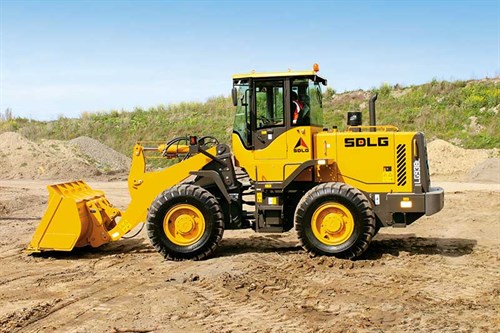
The LG938L digs in easily with the single joystick bucket control providing a positive response. After doing this for a while, it becomes obvious that the machine needs something that will give it more work.
Breaking soil out of the stockpile seems an obvious choice and I set the loader to work by chewing into the solid wall of consolidated soil. The pile must have been placed there last summer as it is dryer than expected and breaks apart well once the bucket starts challenging it. A couple of times I manage to put enough strain on the power delivery system to make the machine groan in protest, but I would expect this from any machine of a similar size.
Satisfied with the performance of the LG938L so far, I spot the soil screening plant being cranked up. This is a perfect opportunity to test the loader out on some real production work, but before getting started loading the plant, I prep the loading area first by levelling out a bit of ground.
That done, I get the machine to work and it isn’t too long before the plant is producing a nice screened soil, the LG938L providing just the right amount of soil to keep a continuous flow on the output conveyors.
The verdict
Suffice to say I don’t have any umms or ahhs here. The LG938L is a decent machine all round. TransDiesel tells me that a company that trialled it has also come away impressed with its capabilities.
The SDLG distributors say that they are primarily marketing these machines to businesses that don’t need one operating 24/7, such as batching plants, fertiliser stores and contracting companies.
I slightly disagree with them a little on it. I think the LG938L could more than easily cope with harder work. When you take the affordable price tag into account, the options just keep getting better.
Read more in the latest issue of Deals on Wheels (#265). Subscribe here.
Keep up to date in the industry by signing up to Deals on Wheels' free newsletter or liking us on Facebook.



.jpg)








